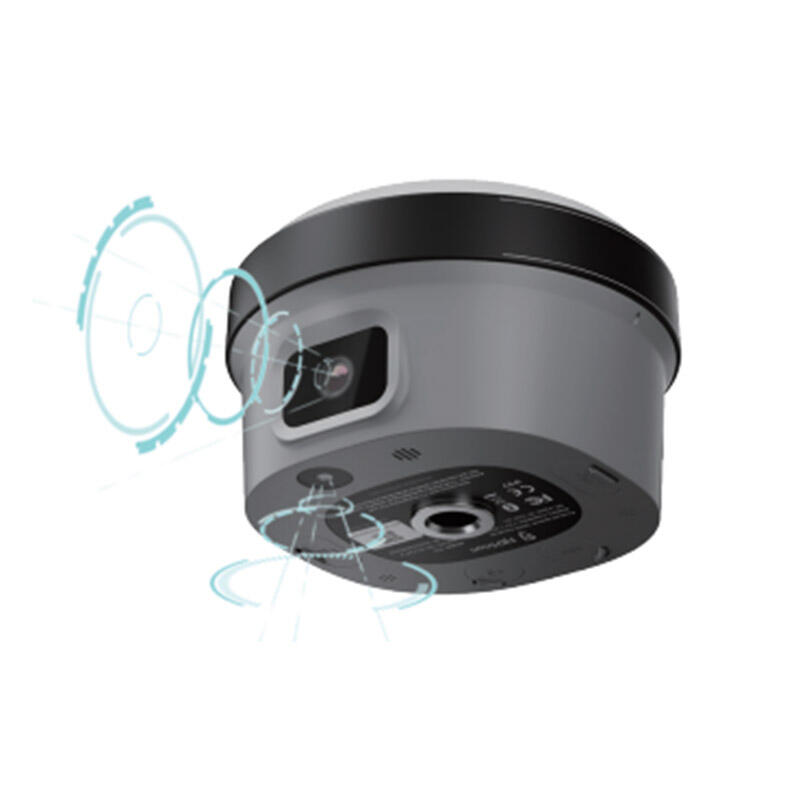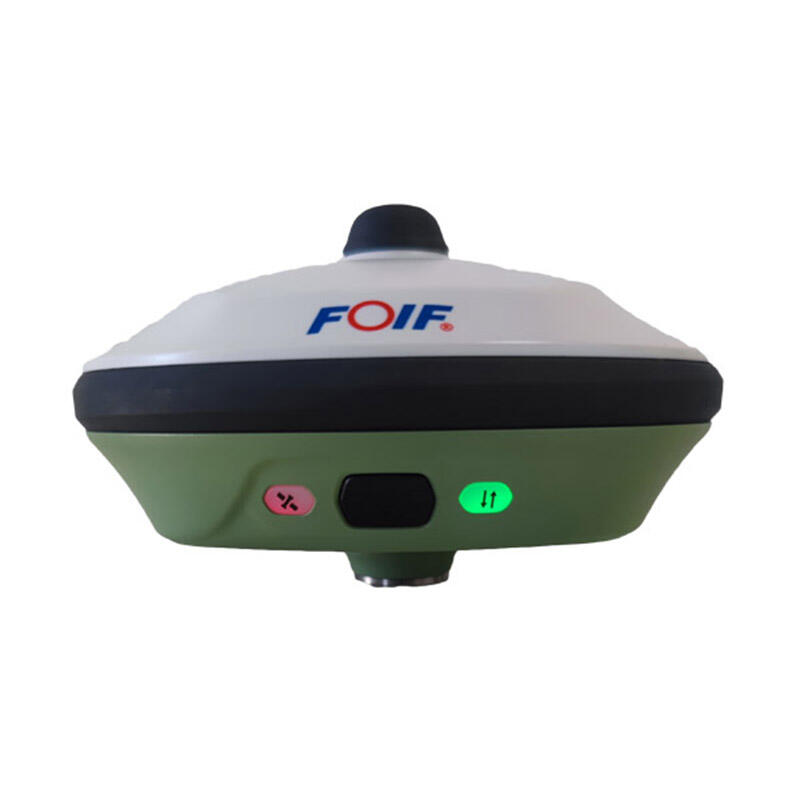gnss receiver price
GNSS receiver pricing represents a crucial consideration in the navigation and positioning technology market, with options ranging from consumer-grade devices to high-precision professional equipment. These receivers process signals from multiple satellite constellations including GPS, GLONASS, Galileo, and BeiDou, providing accurate positioning information for various applications. The price spectrum typically spans from $100 for basic models to over $10,000 for high-end surveying equipment, reflecting differences in accuracy, functionality, and build quality. Entry-level receivers often offer meter-level accuracy suitable for recreational activities, while mid-range options provide sub-meter accuracy for GIS applications and precision agriculture. Premium receivers deliver centimeter-level accuracy essential for surveying and construction. Pricing factors include signal processing capabilities, number of concurrent GNSS channels, update rates, and additional features such as real-time kinematics (RTK) support. The market also considers durability, battery life, and warranty coverage in price determination. Modern GNSS receivers increasingly incorporate wireless connectivity, internal storage, and user-friendly interfaces, which influence their final cost.


